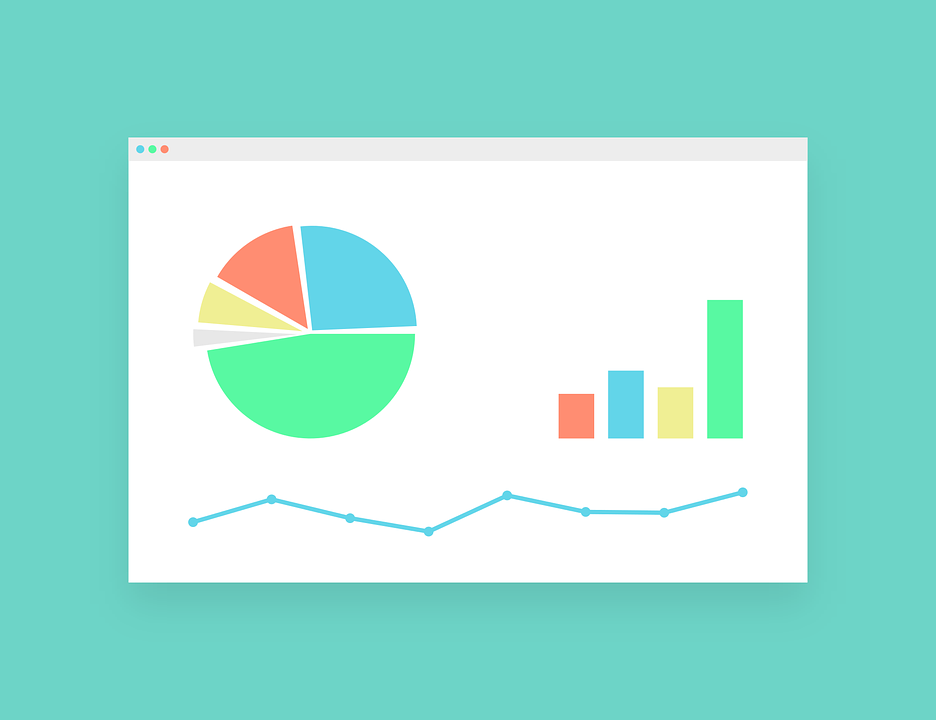Data is hugely important when it comes to understanding how your business is performing digitally, and Google Analytics carries a range of tools to help business owners understand exactly how visitors are interacting with their site. Using this data to make changes to improve your website’s user experience is an essential part of any digital campaign. One thing that site owners will recognise is something called ‘bounce rate’.
When visitors come to your website, and leave without clicking through to other pages or without taking any actions on the page they land on, it is made into a percentage known as a bounce rate. So, let’s assume your bounce rate is appearing as 57%. That means that of all people that view your site, 57% of them leave your site having only viewed the page they entered on.
At the end of the day, a poor bounce rate may mean that your site is not enticing people to click through to other pages. It could also mean that your website is failing to retain visitors. There are things you can do about this however, and lowering your bounce rate is only for the better.

Start with Google Analytics
There are a number of steps that you can take to improve your bounce rate, the first of which being through Google Analytics. It’s essential that before you make changes to your site you identify what areas need fixing.
Upon logging in, you will be told your average bounce rate for your website, and you can easily look into it by using the tools that are part of Google Analytics.
Starting with content, you can look at your pages and the visitor count per page, and their bounce rate. By viewing this information, you will be able to determine which pages are getting traffic and which may be costing you leads. Through comparison, you will be able to see content that leads to clicks or even purchases, and which content is deterring your potential customers. You will also be able to discover the pages that need immediate action to improve the bounce rate, these should be the pages getting the most views. It will give you an idea of what types of content that visitors connect with, and which pages lead to conversions.

The origin of your traffic matters
Knowing where your web visitors are coming from is important, not just for your data analysis, but also for understanding what digital marketing channels are getting you the best result. You can view the origin of the traffic to your website through Google Analytics, and by analysing the data you can see how the traffic’s source effects your bounce rate.
Google Analytics lets you see what visitors came from a social media page, an organic search or from an AdWords campaign. By looking at this data, you will see which marketing strategy is actually making you money, especially when comparing the bounce rate per campaign.
If you are looking through your traffic, you will also be able to determine the keywords that were used for visitors to come to your site. More than that, you are able to see the respective bounce rate for those keywords. This will allow you to optimise your page and SEO campaign accordingly.
By looking through the information available over your Google Analytics, you will soon be able to determine ways that your website is failing to meet visitor’s needs, and make revisions accordingly.
Once you have gone through your information gathering around your website and its given bounce rates through your Google Analytics, it is time to start implementing your bounce rate fix. A few quick fixes can include:
- Adding links within your content. This allows people a change to click on to other pages of interest. Keep it relevant to the content that they are on, and feature likely pages that people would want to travel to from there. By including this within your content, you could spark their interest to click onto another page within your site, and reduce your bounce rate at the same time.
- Include Call to Actions. If your website isn’t converting it may be because you’re not clearly signposting what you want a web visitor to do. A big button telling someone to buy from you, call you, or find out more can have a drastic affect not just on your bounce rate but on your overall conversions.
- Give them the opportunity to learn more about your product. Some viewers may require more information before buying a product or service, and by your inclusion of other information pages you may help them towards making that decision. Include links to manuals, directions, guides or contact information for them to learn more. At the same time, you are encouraging them to leave their first page, which will influence your bounce rate.
- Look at your content, and the associated bounce rates and time spent on those pages. If there is a lower time rate spent on the site, then your content could be a major factor in that. Does it provide the viewer the information that they need, or is it simple fluff to fill space? If they visitor feels as though they aren’t getting what they need from your site, they may be compelled to click away. Review the pages with higher bounce rates and lower time averages, and determine how to improve the visitors experience and optimise your content.
- Add clickable content on your site. Your bounce rate does have an effect on how Google views your site, so keeping it low is important. Clickable pieces of content, like videos or downloadable guides is a great way to lower your bounce rate, and can let you deliver some great pieces of content that help you sell.

Disclaimer – Be careful with bounce rates
Bounce rates are a great piece of data for analysing the way people are interacting with your website, but they may not necessarily be reflective of the value of your content.
For example, a viewer may find your most recent blog through social media or Google, read through and close the site once done reading the blog. They may have got a lot out of the blog and be considering buying from you in the future, but as a blog visitor they aren’t ready yet to investigate the rest of your site. This behaviour can also be seen with mobile phone users, especially those finding you through social media. People on smart devices tend to use them for quick and easy information. This means that if you are providing that information, they may just spend the time getting their fix and then bounce off. This doesn’t mean that your site isn’t good, but it is simply the nature of mobile viewers. So, look carefully into where your visitors are coming from before judging the content harshly by the bounce rate.
Ultimately, the importance of the bounce rate depends on how the page being analysed works and the source of your traffic. A high bounce rate on your home page is a potentially dangerous sign of a poorly designed website, while a high bounce rate on blog and information pages is to be expected. Look carefully into your bounce rate, it could let you discover a major problem before it affects your bottom line.
